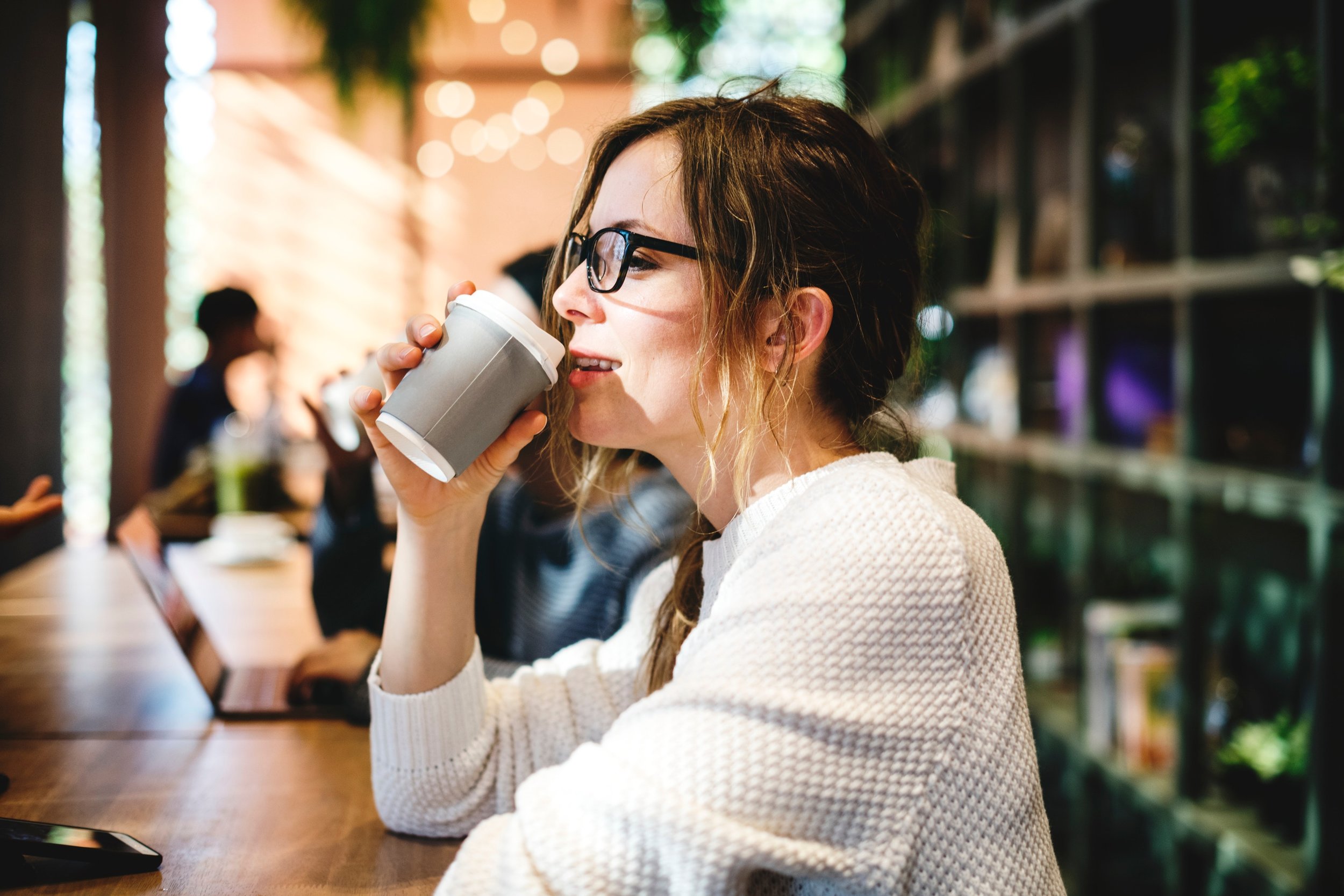One way to simplify your Alexander Technique practice is to make progress on just one habit: The unconscious habit of compressing yourself (or pulling yourself down) as you move and do your activities.
One single habit, that we’re consistently unaware of, done in very personal ways, in pretty much everything we do.
Sure there are countless variations (different environments, balance, awareness, unique way of embodying ourselves, etc..) but keeping it simple can still be a great place to start.
For example, the simple act of drinking coffee:
We compress the torso onto itself and collapse forwards; compress the head backwards onto the spine which compresses the full length of your spine; squeeze our shoulders upwards and into the body as we bring the cup towards us to take a sip; and pull/ compress your neck forwards and downwards as we take a sip.
The opposite is un-compressing, expanding, or tapping into the opening upwards with gravity response - cultivating dynamic postural tone and balance in yourself in any movement or activity:
Un-compress the torso and open upwards from your points of balance; undo the squeeze of your head from the top of your spine as you reach for the cup; let your shoulder rest to the side and remain easeful as you bring the cup towards you to take a sip; allow your neck to lengthen upwards in space away from your base of support as you take a sip. Savour and enjoy.
This is a simple, but challenging practice. Real progress is made through the accumulation of many small 1% changes each day in this single habit: 1% less unconscious compression, 1% more awareness in activity, and 1% more conscious un-compression or expansion; small changes that become exponential over time.











